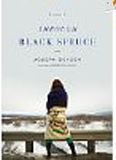Book Review: Snow Treasure by Marie McSwigan
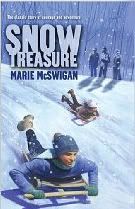 Snow Treasure
Snow Treasure
by Marie McSwigan
The forward to Snow Treasure says:
On June 28,1940, nearly a year after World War II broke out in Europe, the Norwegian freighter BOMMA reached Baltimore with a cargo of gold bullion worth $9,000,000…..The gold, it was reported, had been slipped past Nazi sentries by Norwegian boys and girls!…So that no harm might come to the brave children, the captain would not tell the location of the fiord (where the freighter hid and to which the children brought their sleds).
For many years the story was believed true. But over 60 years later, there is no proof that it ever really happened. We do not know. But we do know that the story captures tjhe courage of many children who, caught up in the war, have helped their country in a time of great danger.
Nazi Germany invaded and occupied Norway in April 1940. This story tells of a group of 25 schoolchildren, ranging in age from 8 to 12, who purportedly moved several tons of gold from a hiding spot which had been carved from the forest and the snow, directly past a Nazi encampment to a designated spot where they buried the gold and built snowmen as markers. This went on for weeks and was supposedly never detected even though the children were mere feet from Nazi soldiers daily.
It’s very difficult for me to believe that this story is true. No doubt the freighter captain used it to deflect attention from the actual resistance fighters who loaded the ship. If it was true, after the war the children would certainly have told people and there would be much oral history to support it.
Tidbit: The freighter Bomma has been renamed in the story as the Cleng Peerson, a little bit of irony since Peerson was a pioneer who led the first group of Norwegians to emigrate to the United States.
I couldn’t warm to Snow Treasure, “a story of courage and adventure”, although I’m aware that it’s considered a minor classic. Part of that is the writing style which seemed dated and a little clunky. In addition, I think it undermines the awareness of the true danger that ones in Nazi occupied countries faced.
Also, I was slightly rankled by the way that the elderly servant Per Garson spoke. His speech had the cadence of a Norwegian speaking English – an effect that was unnecessary and out of place, since he would have been speaking Norwegian like everyone else, and not a second language.
Written in 1942 and published just months after the U.S. entered WWII, it’s a fine piece of war propaganda that encourages all good little boys & girls to support their country during wartime. It no doubt felt to many a child who collected tinfoil & weeded a victory garden like a warm pat on the back for being part of the war effort.
But I’m still only lukewarm.
Reading challenges: This book satisfies five of my reading challenges:Ten Categories Challenge (older than I am), Decades Challenge, the New To Me Authors Challenge, the Support Your Local Library, and 100+.
Link for Canadian readers:
Snow Treasure
Or, even better, buy from an independent book seller.
P.S. The links are affiliate links so I will receive a small percentage of any purchase you make after clicking through from this blog.
Technorati Tags: Marie McSwigan, Snow Treasure, Nazi occupation of Norway, gold bullion, Bomma, Cleng Peerson



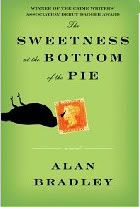
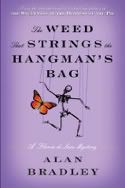

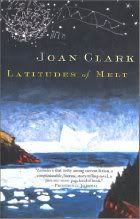
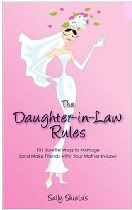 First, let’s be sure you have this right. This is NOT the “daughter-in-law rules” as in “the cat rules, the dog drools” but as in rules of behavior for daughters-in-law or
First, let’s be sure you have this right. This is NOT the “daughter-in-law rules” as in “the cat rules, the dog drools” but as in rules of behavior for daughters-in-law or 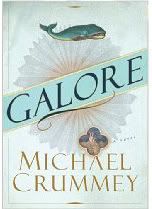
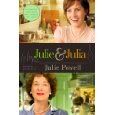
 Since his city friends thought
Since his city friends thought 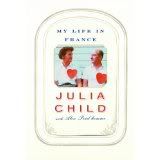

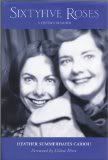 “Heather Summerhayes was six when her four-year-old sister Pam was diagnosed with Cystic Fibrosis and given only months to live. ‘Sixty-five roses’ was the way Pam pronounced the name of the disease that forever altered the lives of her siblings and parents.”
“Heather Summerhayes was six when her four-year-old sister Pam was diagnosed with Cystic Fibrosis and given only months to live. ‘Sixty-five roses’ was the way Pam pronounced the name of the disease that forever altered the lives of her siblings and parents.”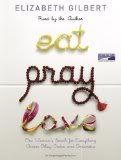 In her early thirties, the Elizabeth Gilbert “went through a divorce, a crushing depression,(and) a failed love.” To recover, she embarked on a year-long trip around the world, alone. Her plan: to spend four months in each of Italy (to experience pleasure), India (to explore spirituality), and Bali (to find life balance).
In her early thirties, the Elizabeth Gilbert “went through a divorce, a crushing depression,(and) a failed love.” To recover, she embarked on a year-long trip around the world, alone. Her plan: to spend four months in each of Italy (to experience pleasure), India (to explore spirituality), and Bali (to find life balance).